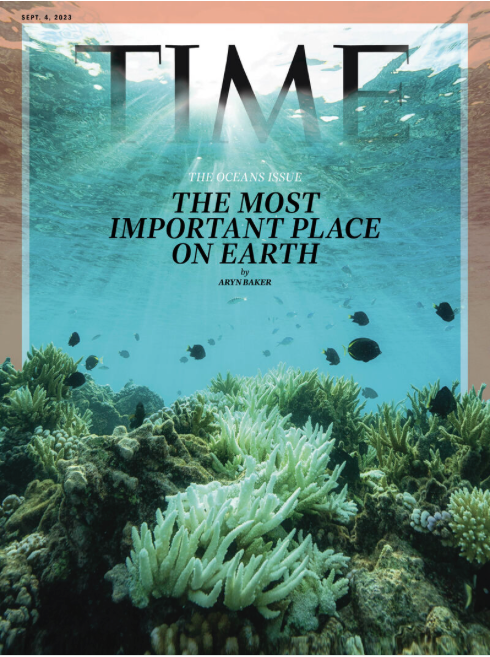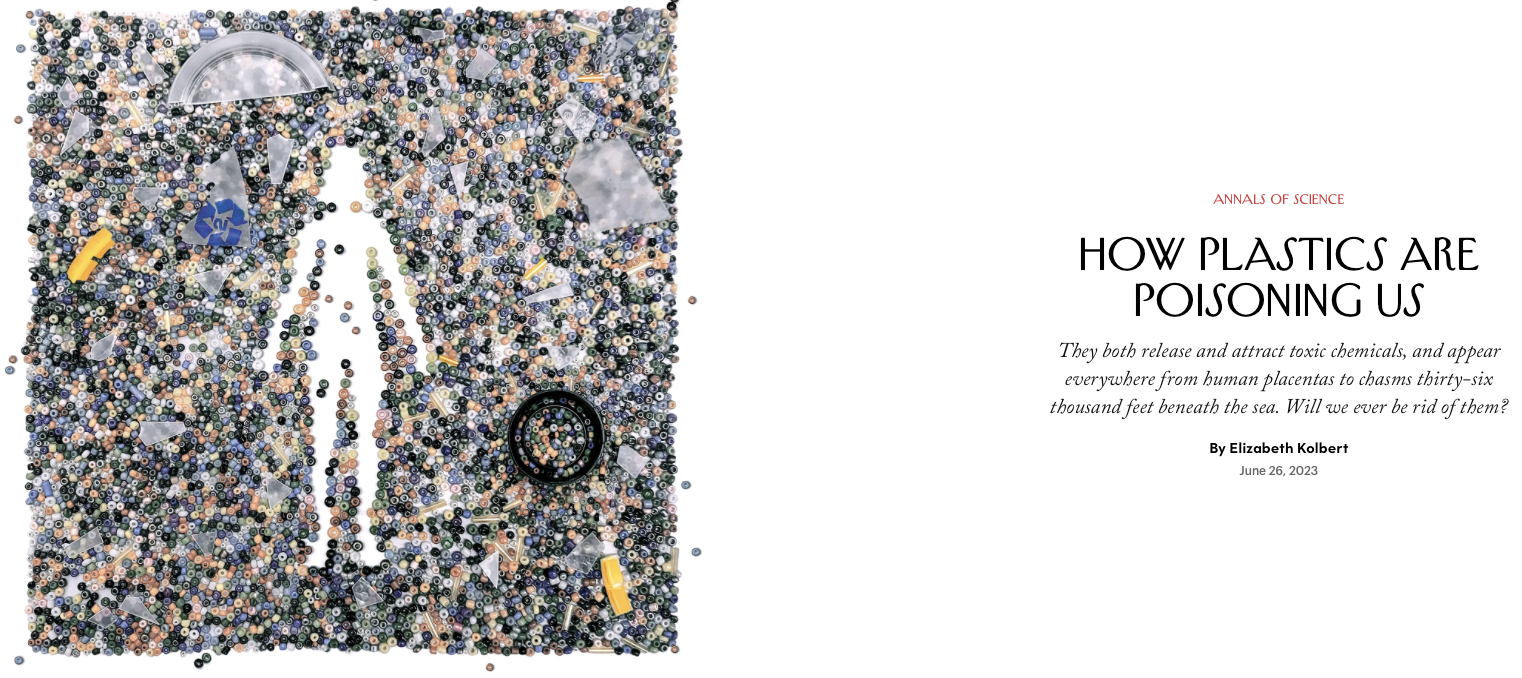|
Pinovo's mission is to stop #PaintMicroplastics to protect #OceanHealth, so we are super happy to see this week's TIME magazine's cover below. Why?
As our hero and lodestar, Dr. Sylvia Earle, put it so well - “No water, no life. No blue, no green!”. To protect Ocean Health, we need governments and regulators around the world to finalise and ratify the multilateral Ocean treaties that are being or have been negotiated on important Ocean issues from Plastic Pollution, to Marine Protected Areas, to Illegal, Unreported and Unregulated (IUU) fishing, to conserving 30% of the Ocean by 2030. This will happen sooner if there is public awareness of the problem, and that is why the TIME cover and articles are so valuable. They put the issue of Ocean Health and its importance for all of us, centre stage and in the public eye. The articles by Aryn Baker about marine ecologist Enric Sala's work to protect coastal zones with MPA's (Marine Protected Areas), and by Jeffrey Kluger on conserving the costs of Baja California, show not only the problems, but also the solutions, and both are well worth reading! At Pinovo we applaud this TIME initiative, and the encouragement and support it gives #OceanImpact companies like Pinovo. Link to Aryn Baker's article - https://time.com/6307205/enric-sala-ocean-conservation/?utm_source=linkedin&utm_medium=social&utm_campaign=editorial&utm_term=climate_oceans&linkId=231360760 #PaintIsPlastic #SDG14 #PaintMicroplastics #SaveOurOcean #globalplasticstreaty #Biz4Treaty
0 Comments
As promised, everything you wanted to know about #Microplastics (but were afraid to ask!), can be found in the book and webinar below! The book is called, “A Poison Like No Other - How Microplastics Corrupted Our Planet and Our Bodies”, by Matt Simon, a science journalist with the magazine, WIRED. To get a copy 👉 https://lnkd.in/eSFcspe9. This well written book is based on science based, data driven research material (58 page bibliography for 169 pages of text!), which explores in great detail the sources, scale, and all encompassing extent of Microplastic Emissions, before dealing with the disturbing potential human health risks associated with Microplastics and their chemical components. Matt explains how and why we are finding Microplastics in large quantities....literally everywhere! At the bottom of the Ocean, on the top of the highest Swiss mountains, at the North Pole, South Pole, in plankton, in fish, in animals, in soil, in plants, in food.... And then, unsurprisingly, why they have been now been found in our blood, in the deepest parts of our lungs, even reaching our brains. The answer to the all important "So what?!" question relates to not just the possible negative impact of the Microplastics themselves, but also the three classes of endocrine-disrupting chemicals, or EDCs, that are found in plastic - bisphenols, phthalates, and PFAS. While these chemicals give plastic rigidity, flexibility, water resistance, etc., those EDCs are also proven causes of human health problems from anxiety and depression, to obesity, diabetes, cardiovascular risks, cancers and reduced fertility. The PFAS are known as "Forever Chemicals" because they don't break down in the environment! Matt finishes with a chapter on possible solutions, with the principal conclusion being the need to reduce plastic production and use, and the requirement for regulatory intervention, given the nature and scale of the heavy industries involved. If you haven't time to read the book, you can watch the excellent Ocean Conservancy webinar below, moderated by one of the leading global figures in Microplastics research, Dr. Chelsea Rochman, a professor at University of Toronto, in discussion with Matt Simon, and Ocean Conservancy Microplastics and Policy experts, Britta Baechler, Ph.D., and Anja Malawi Brandon, PhD. The good news is that Regulation is coming, at both EU and UN levels. And there are solutions, like Pinovo's stopping Paint Microplastics, and Matter.'s washing machine filters collecting textile Microplastics. A lot done...a lot more to do! An article that will make you feel very uncomfortable about the problem of Plastic Pollution in general, and Microplastics in particular, and will certainly make you want to read more, as Pinovo has done!
Elizabeth Kolbert's recent thought provoking article in the The New Yorkermagazine below reviews three books on the topic of Plastic Pollution. The books reviewed cover not only the sources and scale of the problem of Microplastics, but also the very real challenges and issues relating to "solutions" like recycling of Plastics. The conclusion in Ms. Kolbert's article is clear and unambiguous - we need to stop plastic pollution, and microplastics at source, by reducing plastic production and use. Why? Because, as Matt Simon, a science journalist at WIRED magazine, concludes in one of the books reviewed, "A Poison like no Other - How Microplastics Corrupted Our Planet and Our Bodies", "....Long pitched as benign wundermaterials, plastics are ubiquitous poisons that have seeped into the roots of the tree of life....", and "....any waste that you see floating in a river or tumbling across the land is just pre-microplastic". Spoiler Alert! As part of our summer reading, we at Pinovo have read Matt Simon's excellent and very troubling book, and will have more to say on the subject in our next Post! #PaintIsPlastic#SDG14 #PaintMicroplastics #SaveOurOcean #globalplasticstreaty. #Biz4Treaty #plastic #paint Follow link to Article 👉 https://www.newyorker.com/magazine/2023/07/03/book-reviews-plastic-waste |
Archives
June 2024
Categories |
|
Pinovo AS, Sanddalsringen 5b, 5225 Nesttun, Norway
|


